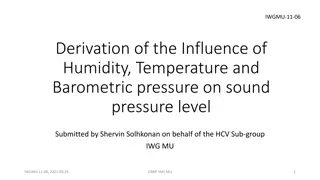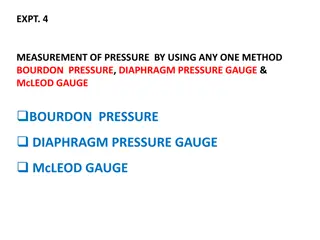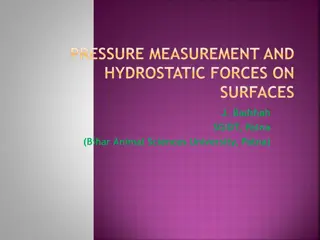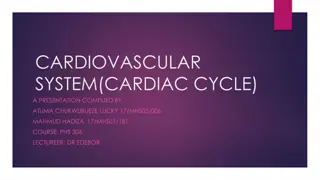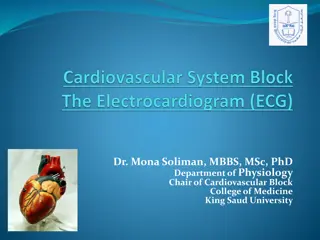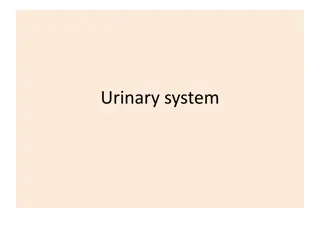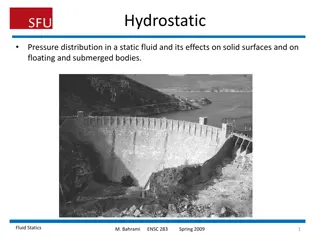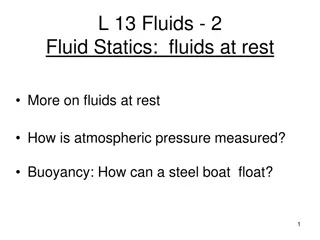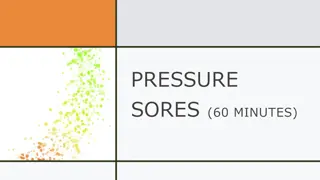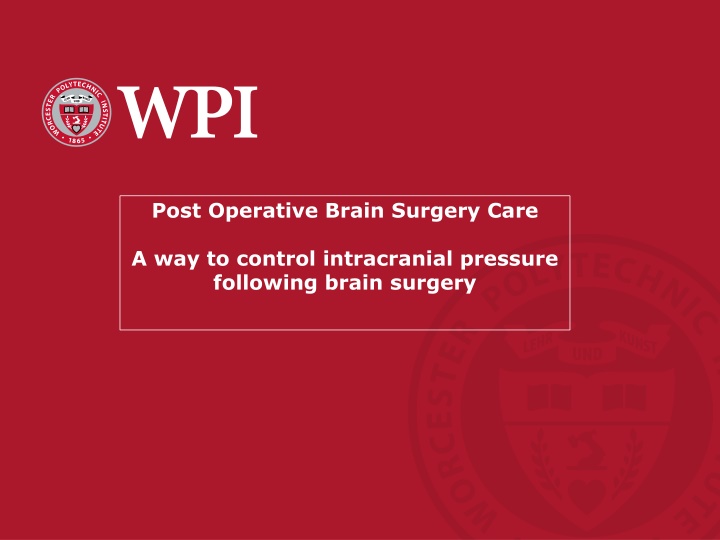
Innovative Intracranial Pressure Management Solution Post Brain Surgery
Explore a project aiming to automate intracranial pressure control post brain surgery, reducing manual adjustments and improving patient care. Led by David Fite, inspired by his wife's post-operative experience.
Download Presentation

Please find below an Image/Link to download the presentation.
The content on the website is provided AS IS for your information and personal use only. It may not be sold, licensed, or shared on other websites without obtaining consent from the author. If you encounter any issues during the download, it is possible that the publisher has removed the file from their server.
You are allowed to download the files provided on this website for personal or commercial use, subject to the condition that they are used lawfully. All files are the property of their respective owners.
The content on the website is provided AS IS for your information and personal use only. It may not be sold, licensed, or shared on other websites without obtaining consent from the author.
E N D
Presentation Transcript
Post Operative Brain Surgery Care A way to control intracranial pressure following brain surgery
Advisor: Raymond Page, PhD rpage@wpi.edu Collaborator: David Fite WPI Alumnus fite.dave@gmail.com Area of study : Medical Devices Expertise required: Mechanical engineering, Biomedical engineering, Device prototyping, Electrical engineering, Entrepreneurial spirit, Vision to improve healthcare Needed: 4 student multidisciplinary team preferred
The Problem from Project Sponsor David Fite In December 2021, my wife, Lulu, suffered an aneurysmal subarachnoid hemorrhage and after repair of the ruptured artery spent 3 weeks in a neurological ICU. During her recovery, an external ventricular drain (EVD) was employed to monitor her intracranial pressure (ICP) and to remove cerebral fluid. This device required constant adjustment to maintain is correct operation. Whenever her head position changed, a leveling operation was required to assure that this life saving device would properly function. Her care givers spent countless hours moving the EVD up and down on its IV pole in response to Lulu rolling over, sliding down in her bed, or changed her head position for any reason. Lulu s head position would change, the EVD would no longer be in the correct position and would measure her ICP incorrectly or would stop draining. Alarms would trigger as erroneous measurements exceeded limits or worse, her ICP would actually exceed safe limits due to the drain not functioning. Nurses would rush in to attend to the noisy bells and buzzers. Often what little sleep Lulu could get was interrupted. This occurred hundreds of times over her time in the ICU. Project Goals Based on the problem, define the need Formulate and communicate an N A B C Value Proposition Create a solution for automatically maintaining the intracranial pressure. The solution should be able to be integrated into standard IV pole and EVD configuration. An EVD is not reused and is discarded upon removal from the patient. As the patient's head moves the solution should detect the change in ICP and adjust to maintain to desired ICP on the patient's tragus.



